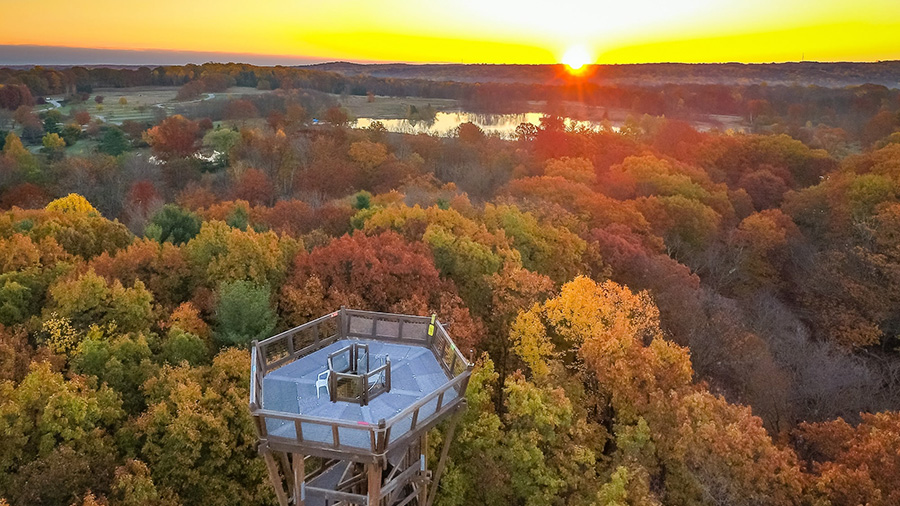Maximizing Mowers: Matching Equipment to Landscapes
From flail, front-mount, and riding mowers to stand-on, rear-mount, and wide-area units, grounds managers with institutional and commercial facilities have a host of equipment options when the time comes to choose mowers for their departments' operations. The challenge is matching the variety of available models to address department needs.
By better understanding the variety of models, features and functions and by staying abreast of advances in technology, materials and manufacturing, managers can ensure the investment in a mower delivers long-term performance, reliability, safety and productivity.
A Host Of Options
Managers in the market for a new mower need to consider a host of factors, including the size of the property, types of terrain, and the number of obstacles, such as trees, bushes, and flower beds.
Push mowers. Small push mowers are easy to transport between sites and can enable operators to get into small spaces where a commercial mower is too large. Small push mowers are lightweight, easy to maintain, and relatively simple to transport. If operators are working on ground that is continually soft, a small, light push mower will not sink into the turf and cause damage.
Walk-behind self-propelled mowers. These models tend to be the most affordable types of mowers. Small push mowers range in size from 21 inches to 72 inches, and they can get into small spaces that larger walk-behind and ride-on mowers cannot. Convertible type mowers can bag, mulch or side-discharge grass clippings. Walk-behind mulching mowers are faster and, if used often enough, produce great results. The clippings add nutrients to the lawn, so turf does not require fertilization as often.
To obtain the same results with mulching as with bagging, operators should mow every five-seven days, depending on the amount of water the lawn has received and its rate of growth. Most walk-behind mowers are available with cutting widths of 36-, 48-, 52-, and 60 inches. Prices range from $2,500 to $5,000.
Zero-turn mowers. A popular choice for mowing large properties, zero-turn mowers are powerful and fast. The turning radius, as the name indicates, enables operators to cut close to objects, such as trees and buildings. As a result, crews should need to do less trimming and mowing with smaller walk mowers. The result is less labor and lower related costs during peak mowing seasons.
Some zero-turn mowers have dual handles for improved steering and maneuverability. Most brands are available in cutting widths of 36-, 48-, 52-, 60- and 72 inches. Prices range from $5,000 to $11,000.
Riding mowers. A popular choice for flatter landscapes, riding mowers are most appropriate for mowing multiple acres and for jobs where operator fatigue is a concern. These mowers have made numerous advances in the past several years — more powerful engines, faster speeds, and improved cutting quality and maneuverability.
Some riding mowers are equipped with engines with up to 30 horsepower (hp) and quality mowing up to 15 miles per hour. Cutting-deck shape and blade arrangements also make it possible for even the widest mowers to make quality cuts. Riding mowers are also available with zero-turning radius, a feature that cuts mowing time while allowing operators to produce a finished appearance.
Wing-type decks, combined with the zero-turning-radius vehicles, make wider decks more desirable. They can mow wide-open spaces, as well as tight spots once accessible only with walk-behind or push mowers. Most commercial riding mowers are available in the 18-25 hp range and vary greatly in cost depending on manufacturer, model, engine type, size, and other features. Prices range from $5,000 to $40,000.
Related Topics:













